India’s upcoming 2025 national census marks a turning point—it will record caste for the first time since 1931. But while this move could make official data more accurate, a critical question remains: Will Dalit transgender and queer lives be counted—and seen—as they truly are? It is necessary to explore the intersection of caste and gender identity, the current methodology’s limitations, and the urgent need for truly inclusive data.
The politics behind counting caste
After decades of delay, the Indian government has finally agreed to include caste enumeration in the census, a highly political decision anticipated ahead of the Bihar elections. Leaders across party lines emphasise that caste data is essential for fair reservations in jobs, education, and electoral seats.
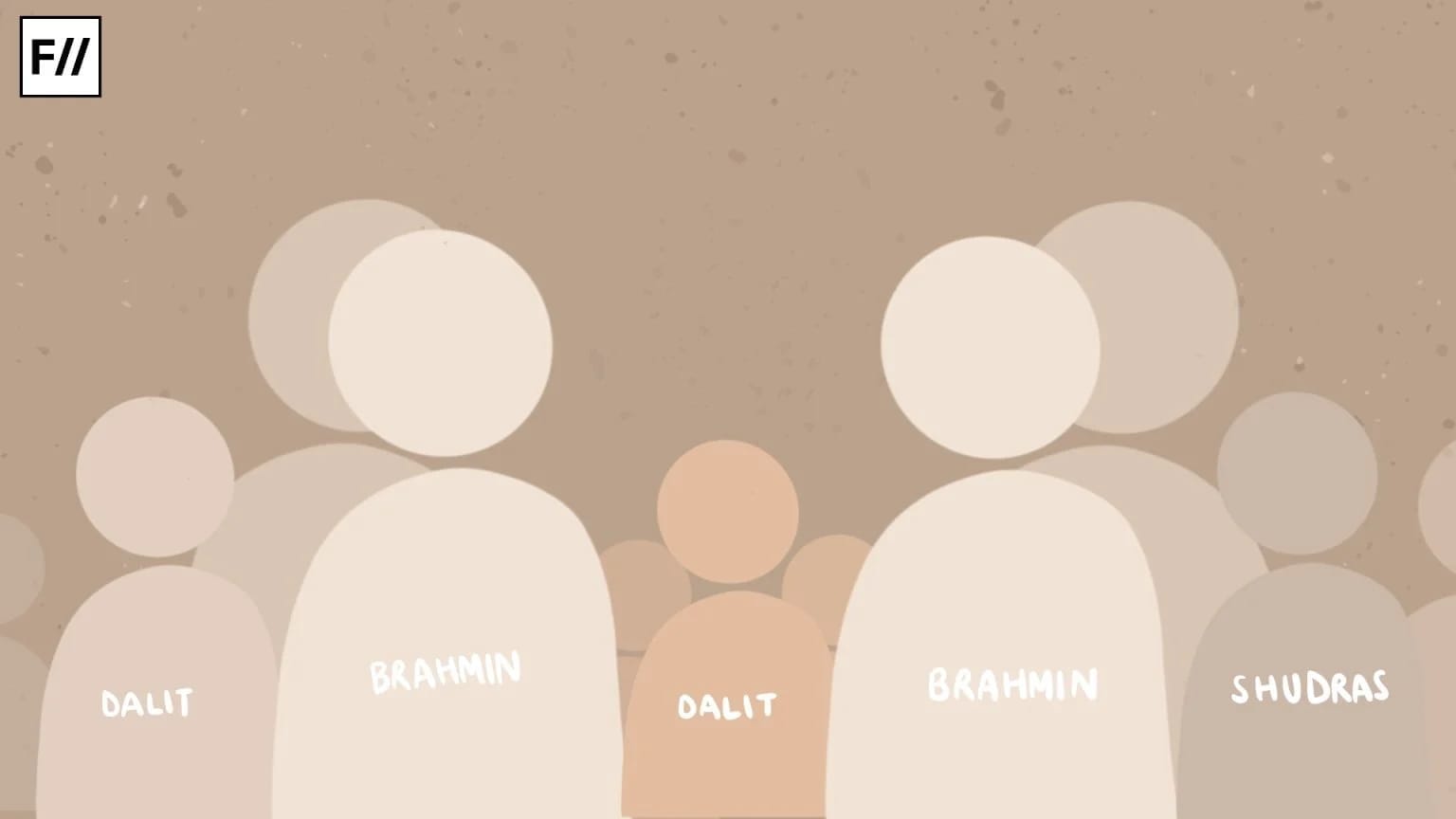
While states like Bihar and Karnataka have also released their own caste surveys, revealing extensive caste diversity and changing quota demands, national data is missing a key dimension—the intersecting experiences of caste and gender identity.
What intersectionality means here: caste and gender matter
The idea of intersectionality is simple: a person can face multiple forms of discrimination at once, like caste and gender identity layered together. Introduced by Kimberlé Crenshaw, it highlights why a Dalit queer person may experience exclusion not only from society but also within mainstream LGBT spaces.
In India, Dalit transgender activists like Grace Banu make this clear. ‘Denying caste in the transgender community is like hiding a whole pumpkin in a plate of rice,’ she said, pointing out how caste remains invisible even within activism.
Census: a missed opportunity for full visibility
Census records collect categories like religion, gender (man, woman, other), and now caste. But they don’t capture intersectional identities—for example, a Dalit trans woman is counted as either Dalit or trans, not as both together. In the 2011 census, nearly 4.9 lakh transgender individuals were counted under “other” gender—just 0.04% of the population.

This data showed low literacy (56%) and high rural concentration (66%), but left out caste details—making it incomplete. Without knowing whether transgender people are Dalit, Adivasi, OBC, or upper caste, we lack insights into how deeply caste discrimination affects them.
Why disaggregated data matters
When data is broken down into caste + gender categories, hidden inequalities become visible. A 2019 study across Karnataka, Tamil Nadu, Andhra Pradesh, and Kerala showed that Dalits and trans persons face overlapping discrimination in education, healthcare, and employment. For transgender people, policy often relies on urban, upper-caste models, sidelining Dalit voices.
This is why horizontal reservations—separate quotas for transgender people across every caste—matter. In Tamil Nadu, a Madras High Court judgment in early 2024 granted a 1% horizontal reservation for trans people in each caste category. But without census data, scaling this nationally becomes difficult.
Why it affects us all
When Dalit trans and queer lives are invisible in official data and policy, it isn’t just about statistics—it has real and serious impacts on people’s everyday lives.

In the area of education and employment, Dalit transgender individuals already face significant hurdles. Literacy rates among transgender persons stand at only 56%, and most are forced into low-paying, informal jobs. Their caste identity often pushes them further down the ladder, making access to quality education and stable employment even harder.
Their caste identity often pushes them further down the ladder, making access to quality education and stable employment even harder.
Healthcare access is another major issue. A study across South Asia found that Dalits in general face serious barriers in accessing public healthcare. Now imagine the experience of a Dalit trans person trying to access gender-affirming care in the same system. The odds of finding safe, inclusive, and respectful treatment are even lower.
Political representation, too, remains a challenge. Although trans leaders in India have begun to emerge and even win elections—like in Kerala—Dalit trans candidates remain few and far between. The path to leadership is still blocked by multiple layers of social bias and institutional neglect.
Policy design is yet another area where the lack of intersectional data creates problems. Many welfare schemes for trans people, or for Dalits, do not address the specific needs of those who fall into both groups. Without disaggregated data, policies remain generic and fail to respond to the complex realities that people face—from accessing mental health care to finding job training programs that understand their unique struggles.
Globally, data gaps hurt
Countries like Brazil and South Africa use intersectional data to help design inclusive programs. In India, without joint caste‑gender statistics, even good laws like the 2019 Trans Rights Protection Act don’t reach Dalit trans people.
A Tamil Nadu court gave horizontal reservation precisely because the state recognised that trans people, especially those from lower castes, were left out.
A Tamil Nadu court gave horizontal reservation precisely because the state recognised that trans people, especially those from lower castes, were left out.
A call to humanise census data
Counting caste alone won’t fix structural injustice—but it’s a vital step toward fairness. Better data leads to better policy—like accessible education, inclusive shelters, mental health support, and reservation in jobs and schools. Without it, we continue leaving Dalit trans and queer lives out of the national picture.
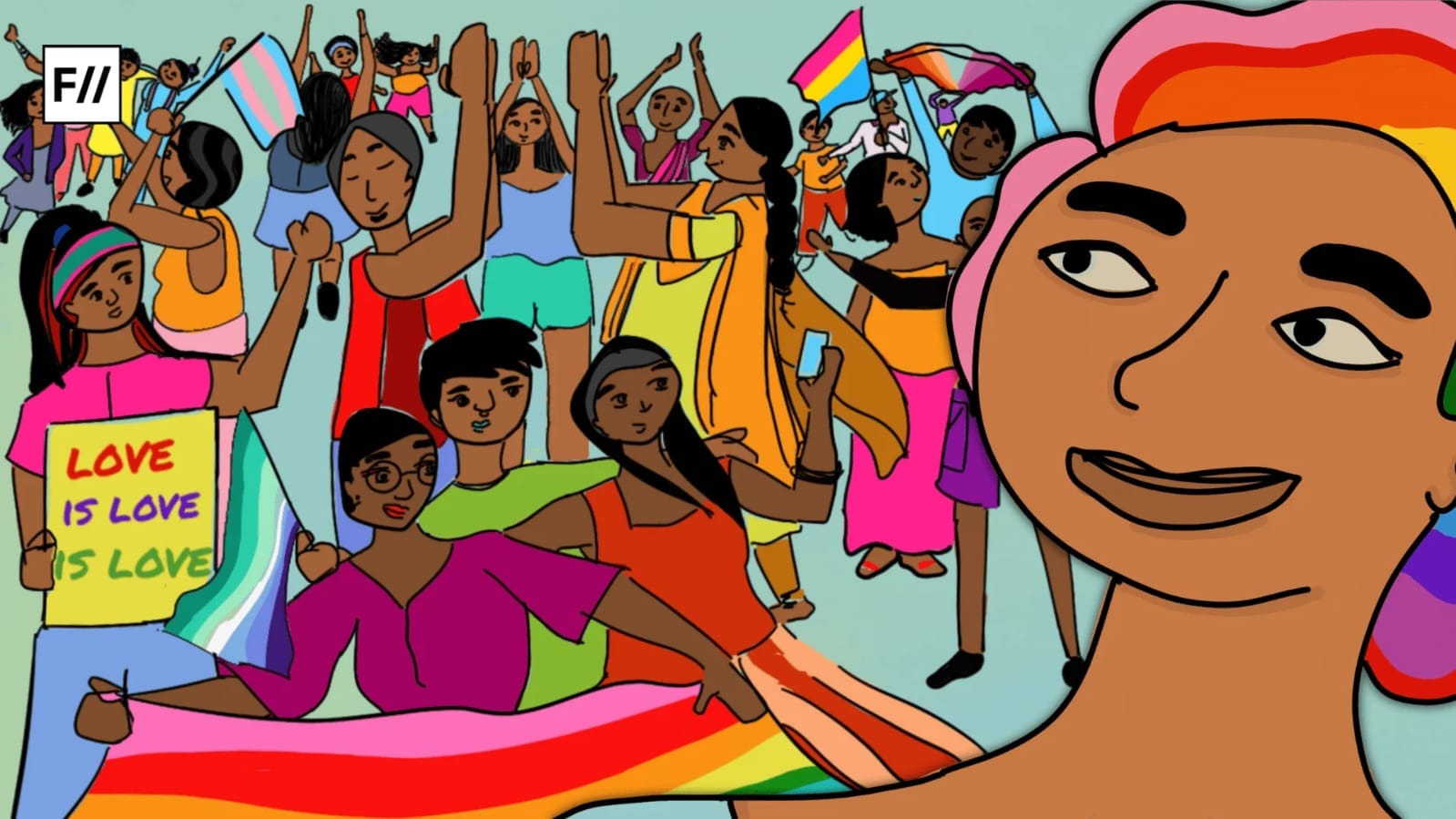
As Grace Banu said, ‘Reservations are the only way‘—but to include trans people fairly, we must know who they are across caste lines.
Toward a heard, counted nation
India is a country of 1.4 billion people. But too many remain invisible in national data—especially those at the crossroads of caste and gender identity. As we approach the 2025 census, we must ensure it truly sees all of us.
A caste census that ignores Dalit trans and queer lives is half a promise. But a census that counts intersectionally can begin to heal historical exclusions. If inclusive data shapes inclusive policies, then the next census holds the power to recognise—and finally count—the lives of the invisible.
About the author(s)
Anushka Bharadwaj is a journalism graduate from SCMC Pune. She is an intersectional feminist with a deep interest in gender, caste, politics, and mental health. When she’s not writing or reading, she’s usually found lost in poetry, dancing to her favourite songs, or discovering new music—always reflecting on the world through stories.
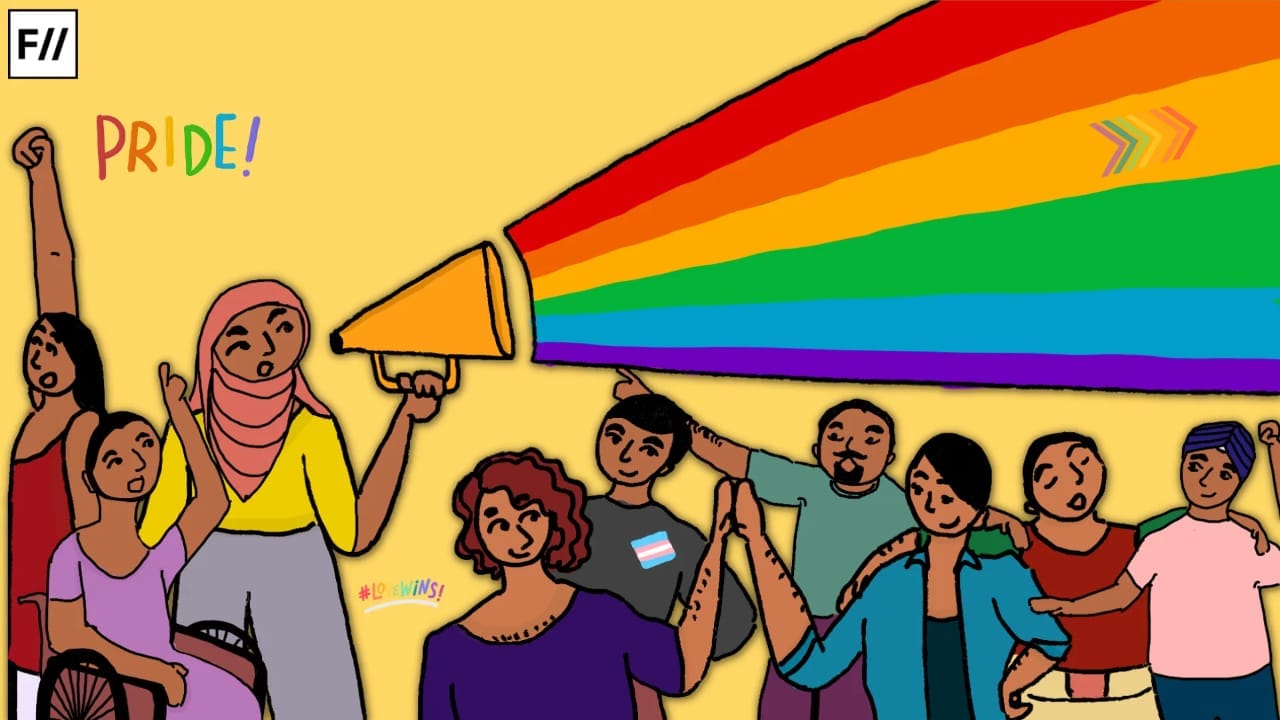


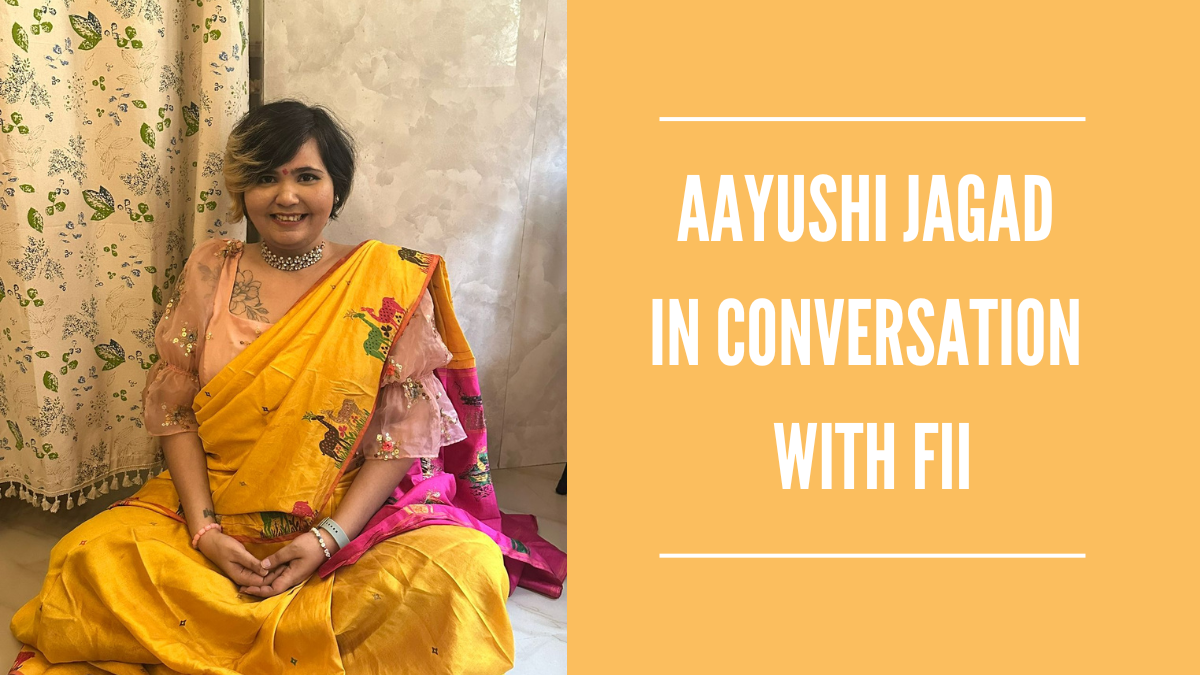
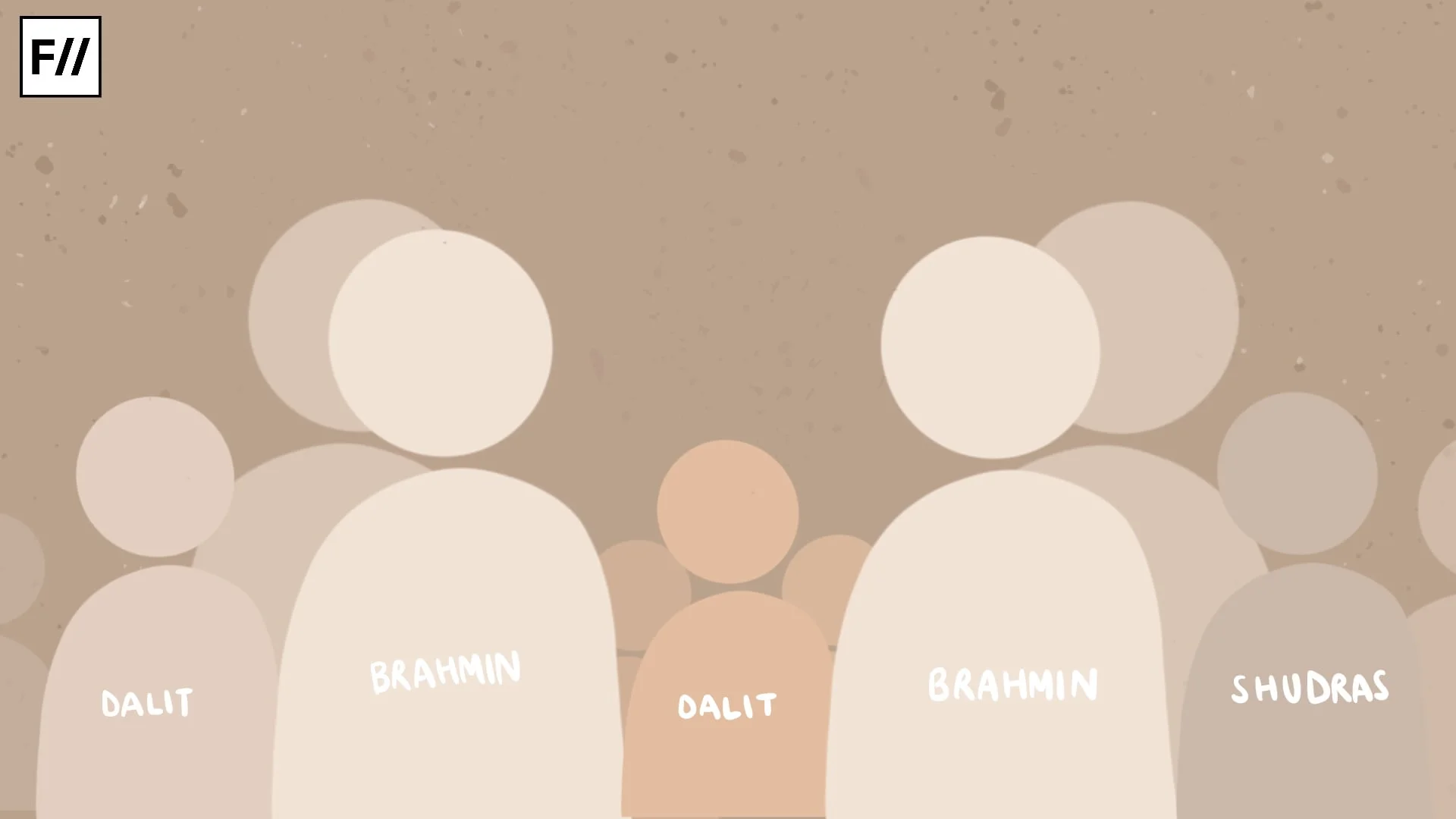


Beautifully written article! The last word in the article seems to be missing.